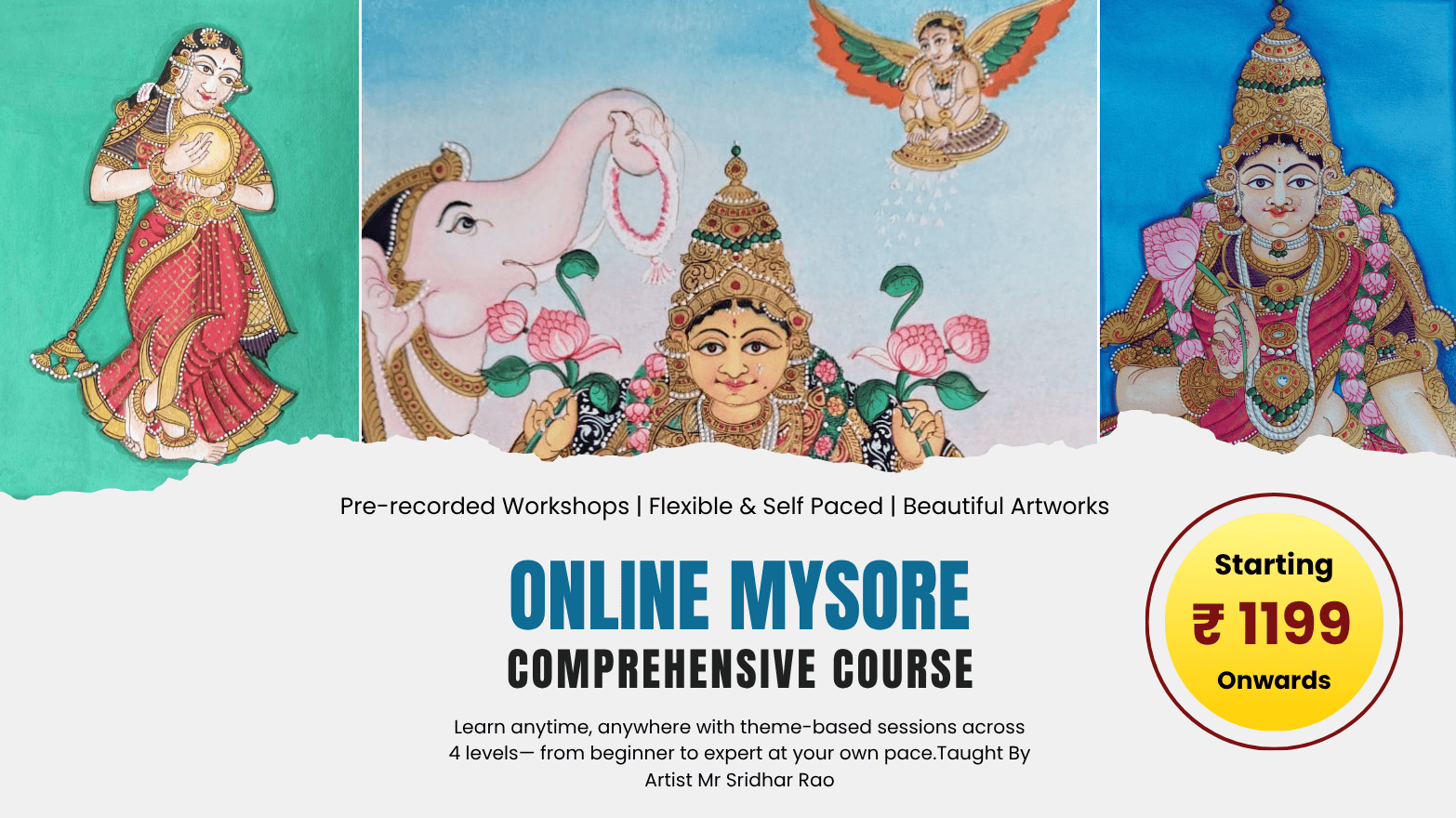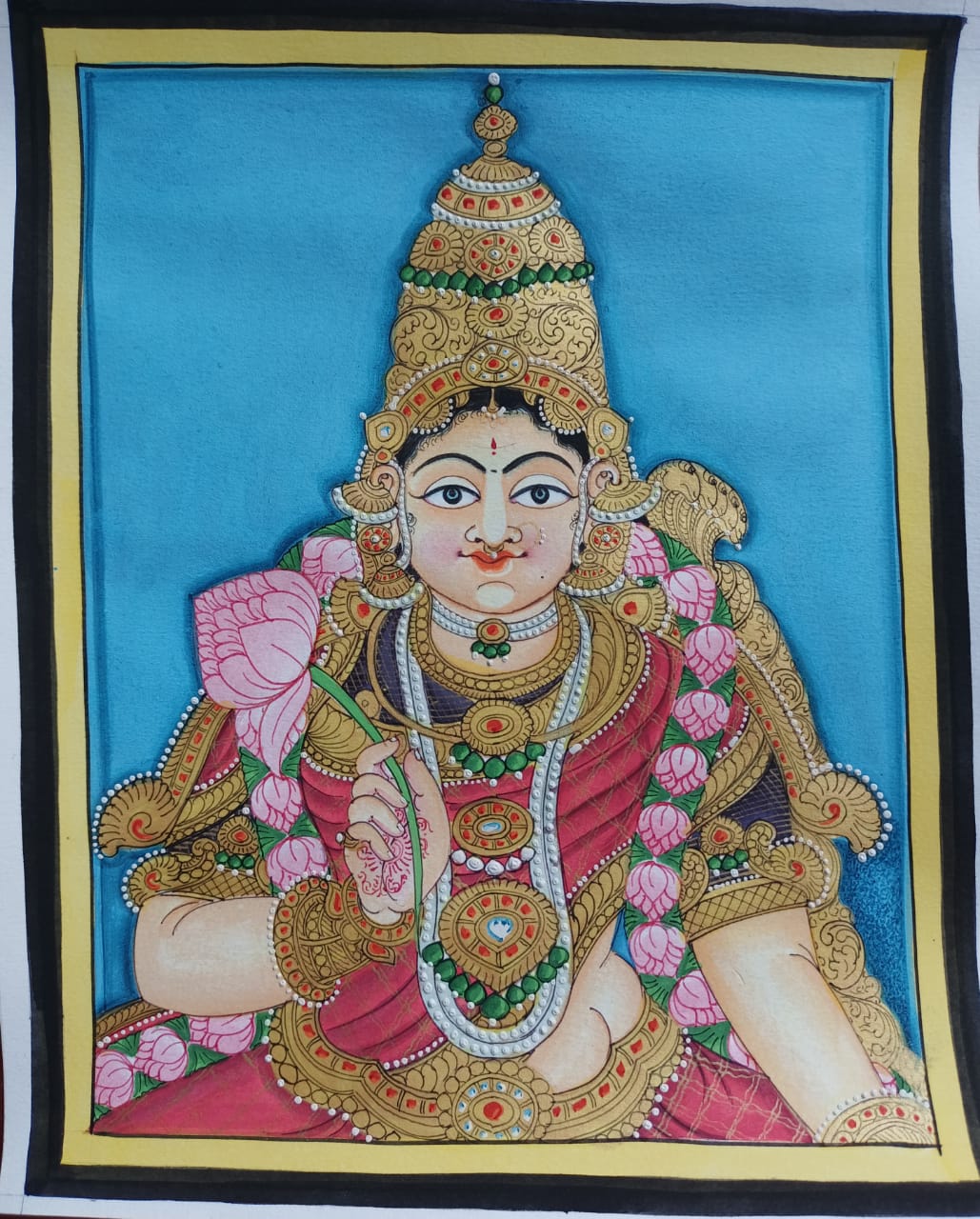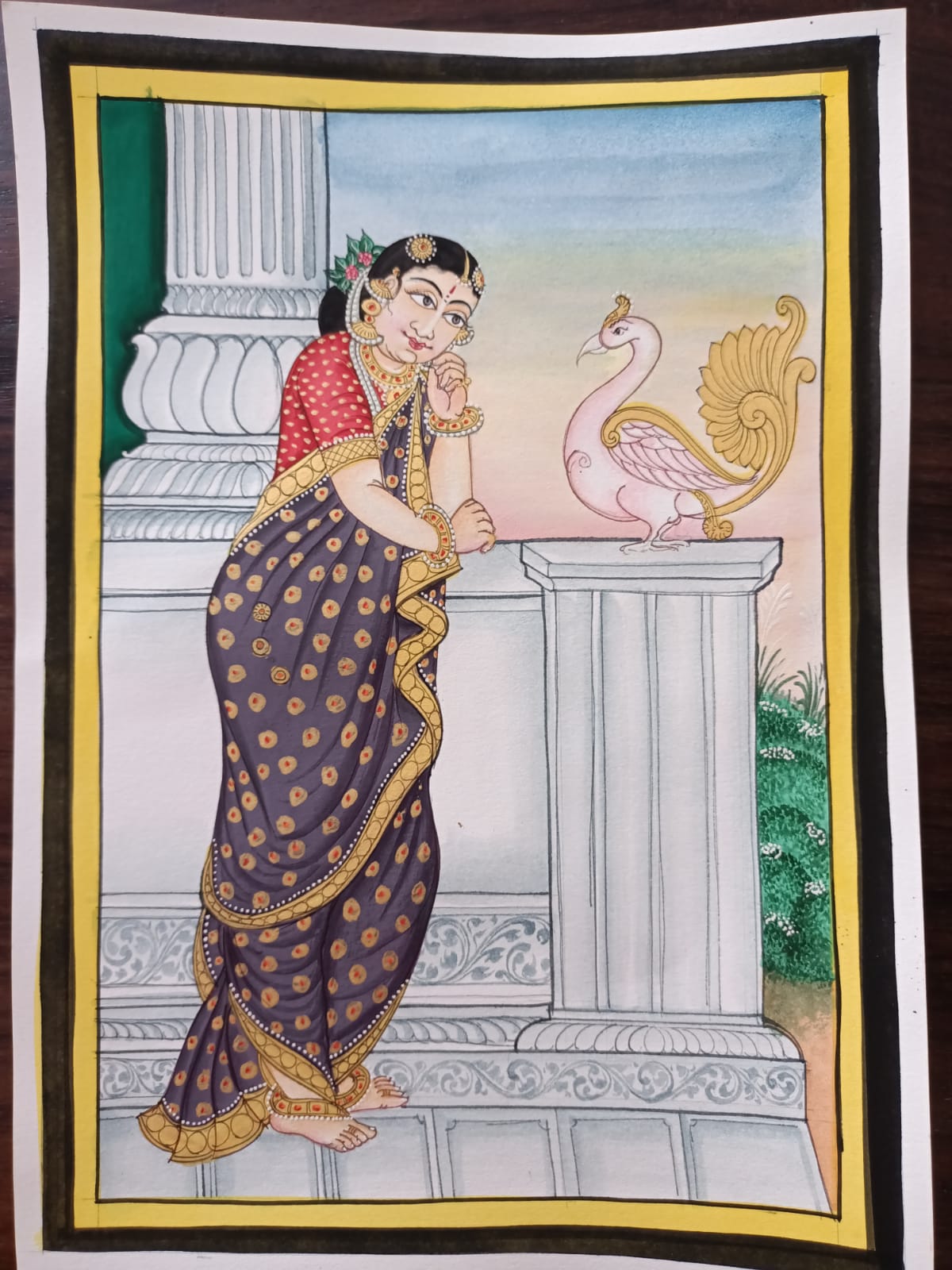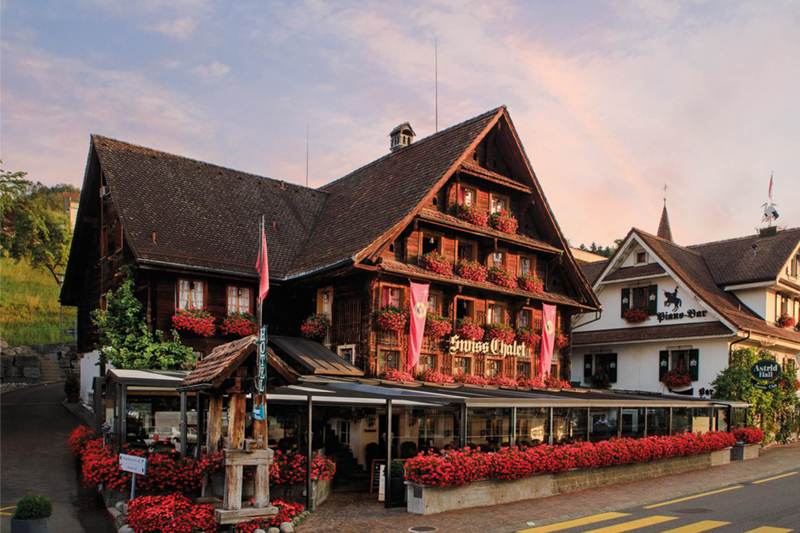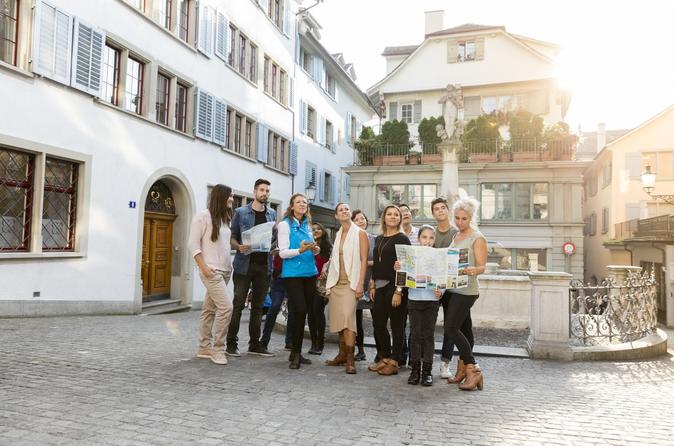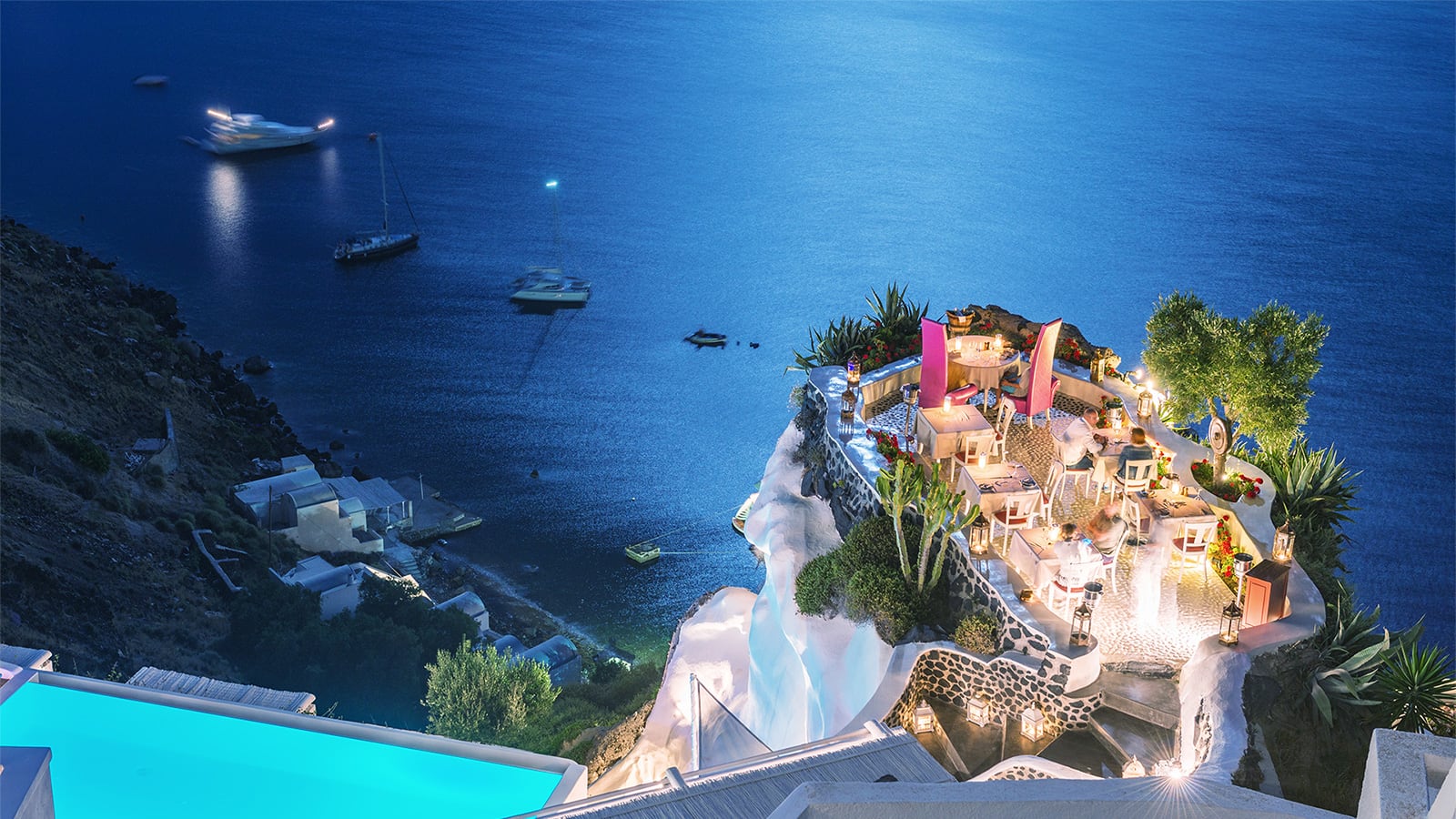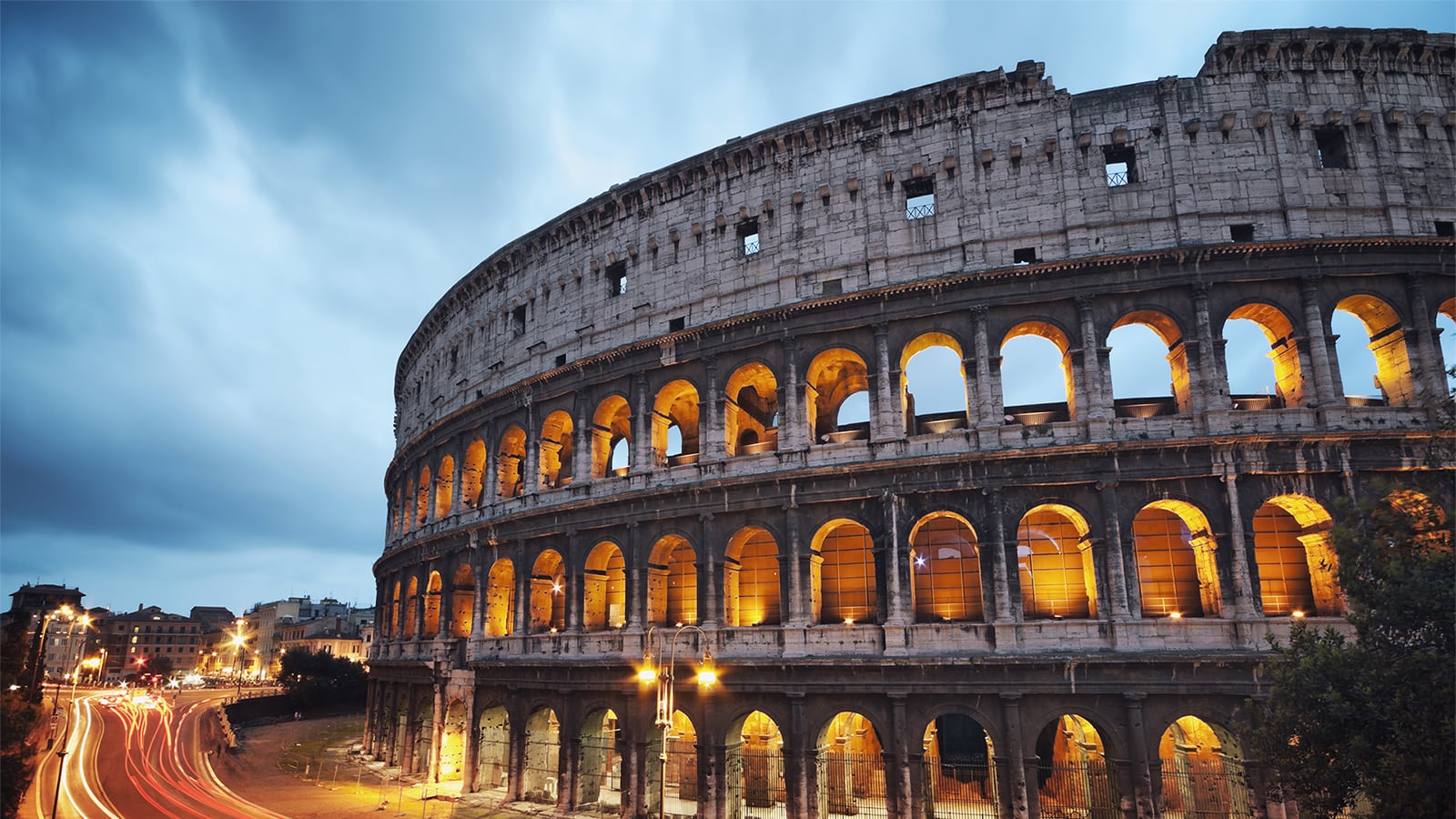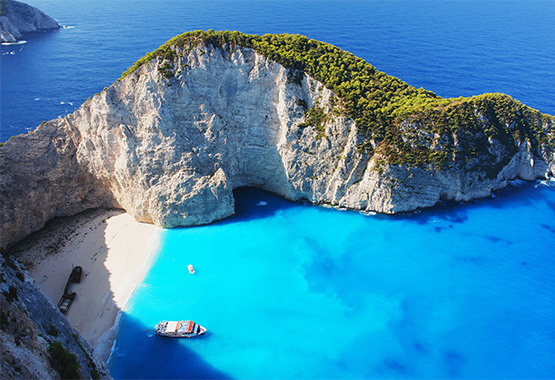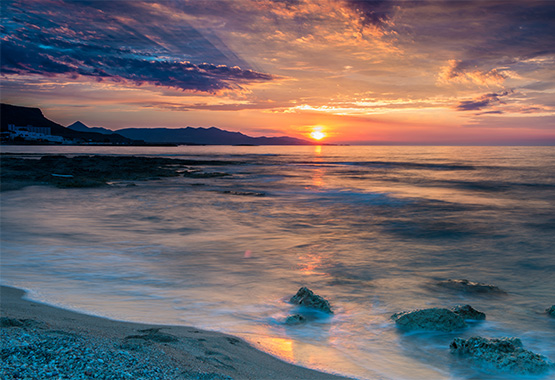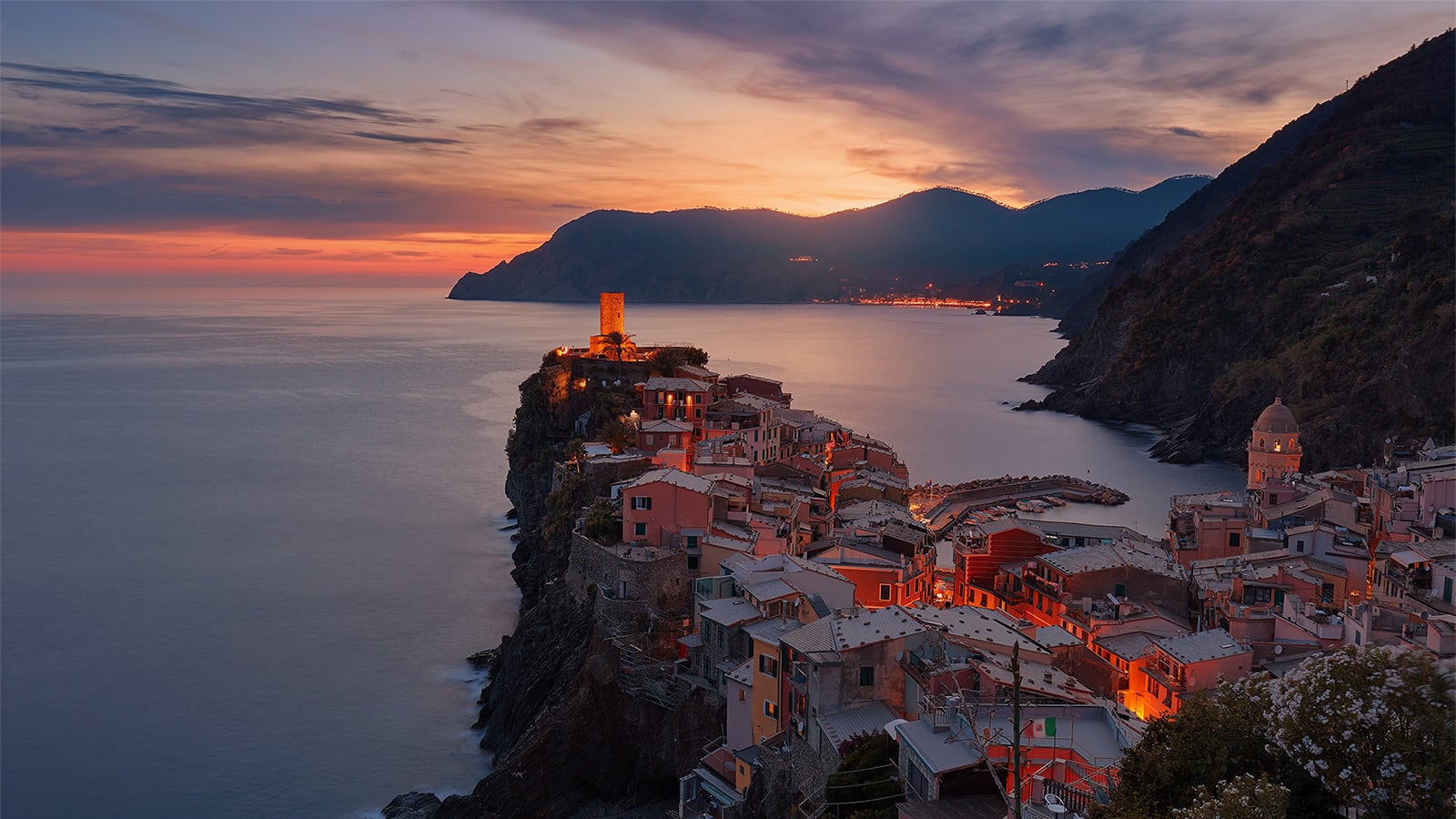Mysore Art- Comprehensive Course
Mysore Art- Comprehensive Course
Mysore paintings are an important form of classical South Indian painting has a long and illustrious history, tracing its origins back to the Ajanta times (2nd century B.C. to 7th century A.D.) The distinct school of Mysore painting evolved from the paintings of Vijayanagar times during the reign of the Vijayanagar Kings (1336-1565 AD). Under the patronage of erstwhile rulers of Mysore, this form of painting became a sign of aristocracy in the late 13th century. With the fall of the Vijayanagar empire after the Battle of Talikota the artists who were till then under royal patronage migrated to various other places like Mysore, Tanjore, Surpur, etc.
Mysore Painting "Beginners to Advance course" which is provided by Catterfly Art & Culture where classes are taught by traditional artist from Mysore - Mr Sridhar Rao. This course comprises of 4 levels of materials depending on the complexity and duration of the workshop. Once bought, you will get entire bundle of workshops to work on with your own pace, time and comfort.
This versatile plans is tailored to suit beginners and advanced learners. They have also been designed keeping in mind different interests and time.
This versatile plans is tailored to suit beginners and advanced learners. They have also been designed keeping in mind different interests and time.
Here comes Catterfly with an incredible 45% OFF on the original price of INR 26900/- = INR 12999
REGISTER NOW with easy monthly installments starting only at INR 1299 per month
REGISTER NOW with easy monthly installments starting only at INR 1299 per month
What is included in this course?
✅ 106+ hours of Online Workshops (Pre-recorded)
✅ 12 workshops with 80+ modules
✅ 4 Levels - Beginner to Advanced
✅ Stepwise instructions with pictures and videos
✅ Assessment and Feedback by Master Artist
✅ Ongoing Support by Catterfly Art Experts
✅ Lifelong Access to Videos
✅ Ongoing Support by Catterfly Art Experts
✅ Lifelong Access to Videos
✅ Installment Option Available
Born in 1979 at Mysore, JS Sridhar Rao, whose father was a carpenter, has been fascinated with colours. He began to paint as a child using whatever he could find lying around at the house of a scholar and connoisseur of art, where his father was employed. Recognizing his latent ability, he was taken to KV Seetharaman, a master of Mysore style. Sridhar quickly learnt the skills and nuances of the art, from his mentor to become an accomplished artist. He works diligently to make his own paper and colours using natural herbs and dyes. This endows his work with a freshness and luster. He has also specialized in restoring old and damaged paintings.
One of Sridhar’s masterpieces is a composition depicting the Vijayadasami procession of Krishnaraja Wodeyar III that he was inspired to create on coming across some scrolls in the collection at V&A Museum in London. Some of his work adorns important personal and corporate collections in India and other countries. A resident of Mysore, Sridhar works at the Traditional Art Gallery at Jaganmohan Palace in the city.
Catterfly Art and Culture takes pride in collaborating with native artists who not only impart their knowledge but also tell stories behind each painting that they teach.
One of Sridhar’s masterpieces is a composition depicting the Vijayadasami procession of Krishnaraja Wodeyar III that he was inspired to create on coming across some scrolls in the collection at V&A Museum in London. Some of his work adorns important personal and corporate collections in India and other countries. A resident of Mysore, Sridhar works at the Traditional Art Gallery at Jaganmohan Palace in the city.
Catterfly Art and Culture takes pride in collaborating with native artists who not only impart their knowledge but also tell stories behind each painting that they teach.
Modules of the Course
| Calendar for the Art-form | ||
This painting is a classic depiction of a beautiful woman, often referred to as "Darpana Sundari," holding a mirror. | ||
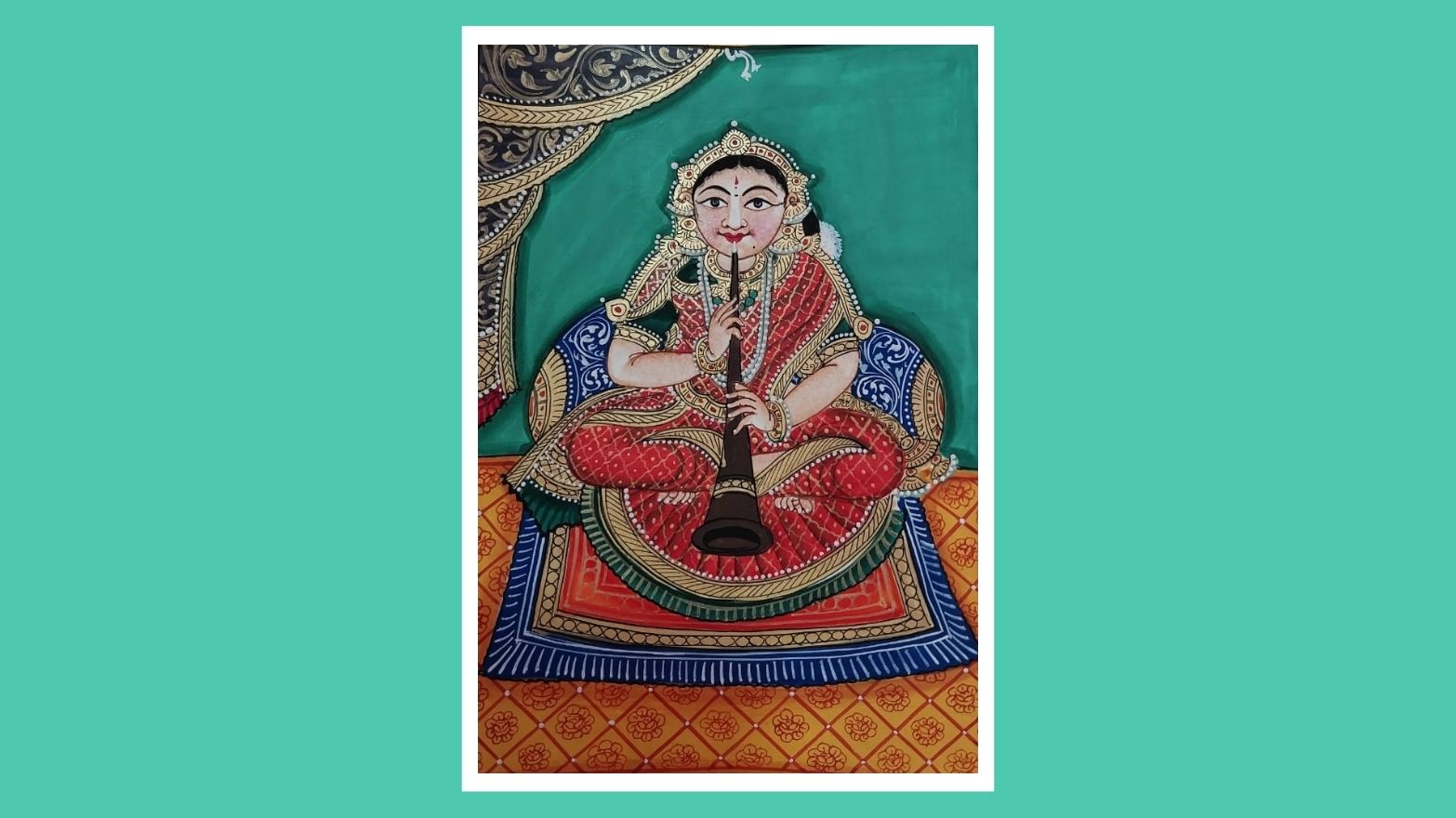 | This painting represents a royal figure, seated on a throne and playing a wind instrument. | |
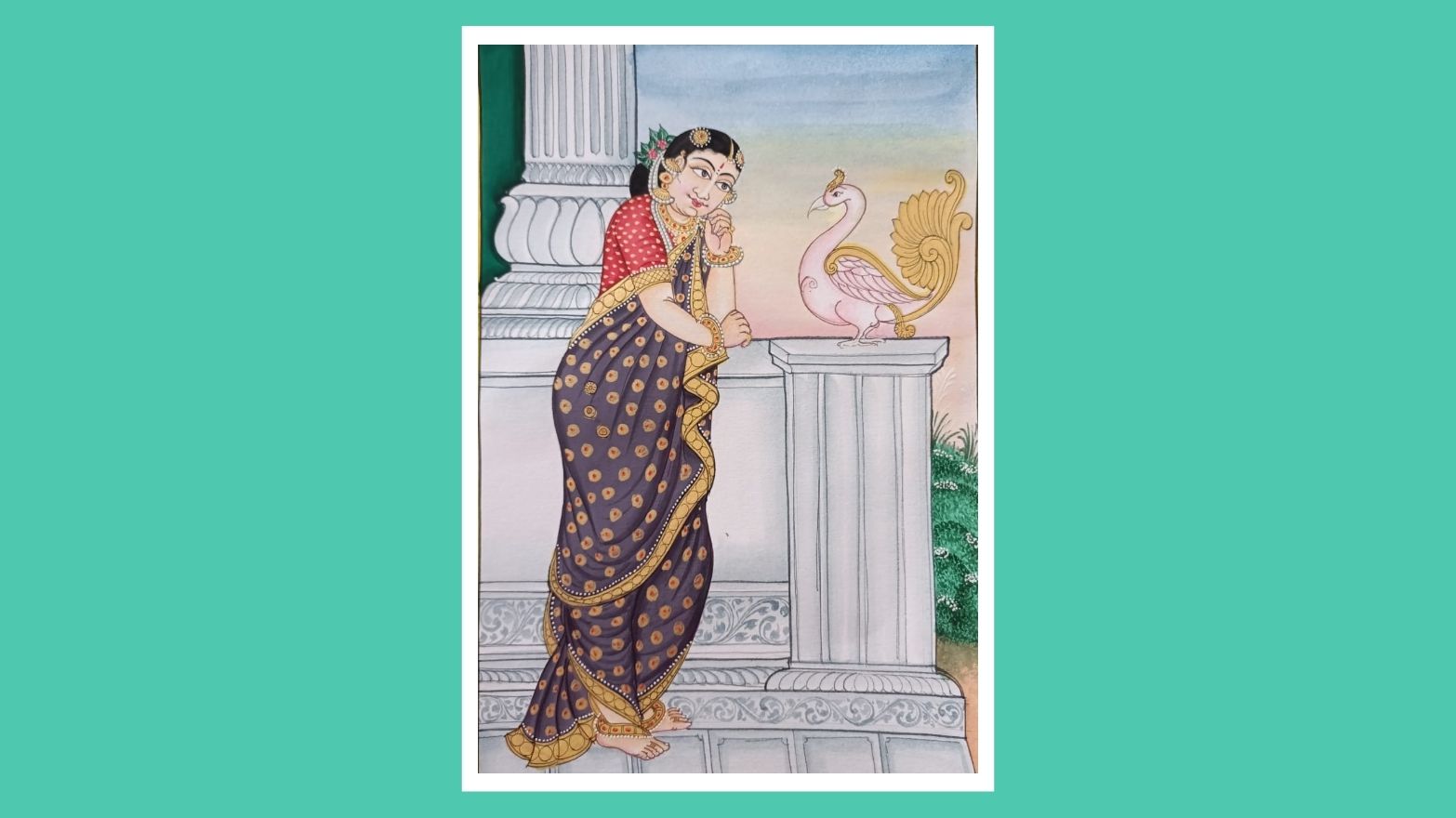 | This painting is a recreation of Raja Ravi Verma's painting which showcases a woman in a serene moment of interaction with a peacock | |
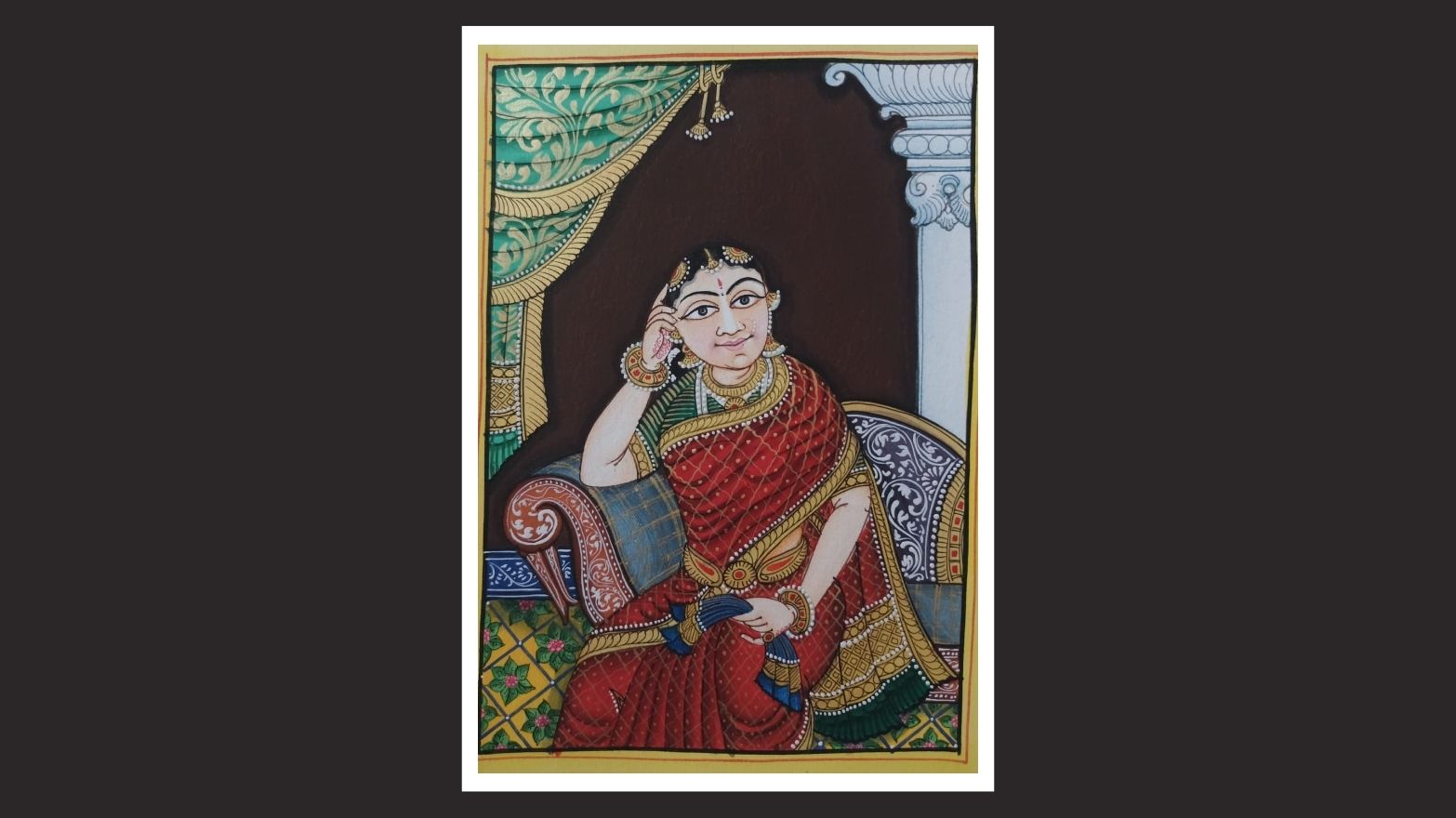 | The artwork, in the style of Mysore painting, focuses on a royal woman in a private serene setting , highlighting the intricate details of her attire, jewelry, and surroundings. | |
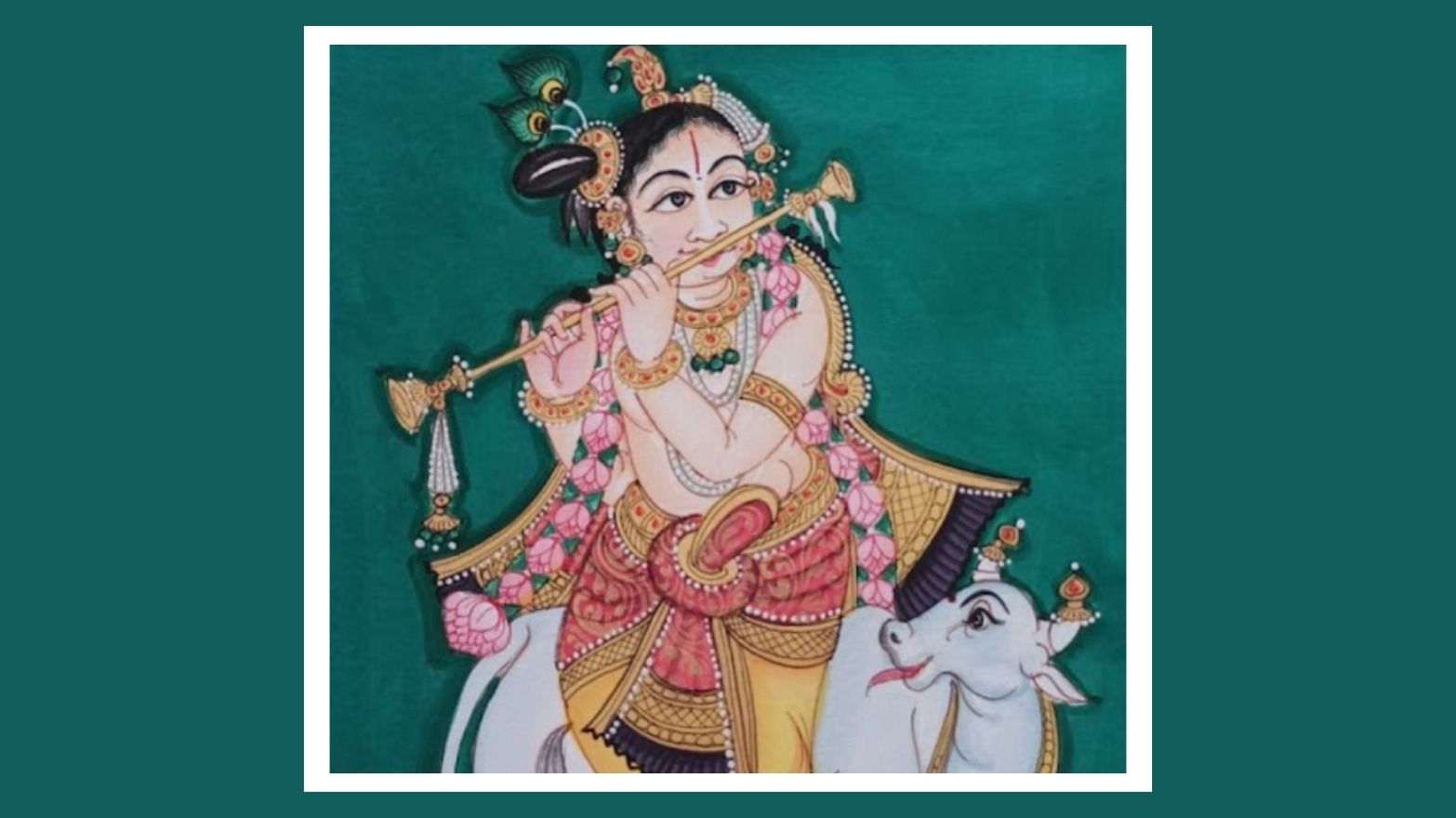 | This artwork is a depiction of Krishna as the divine cowherd. The artwork shows him playing his flute, often associated with his enchanting music, alongside a cow, symbolizing his role as a protector of animals. | |
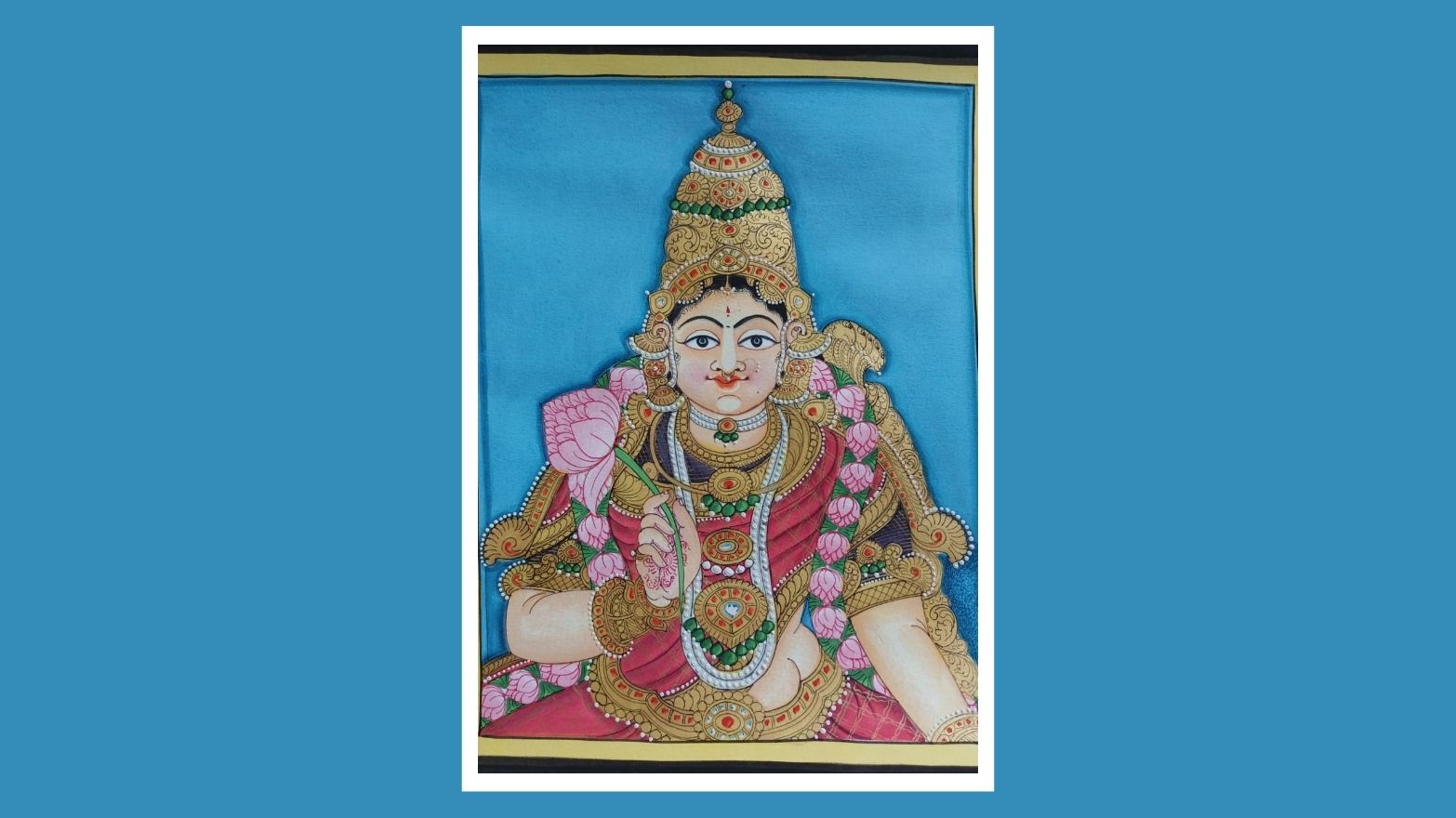 | This painting represents Goddess Lakshmi or Kamakshi, holding a lotus. The theme centers on the divine feminine, symbolizing purity, wealth, and spiritual prosperity, which are qualities associated with the deity. | |
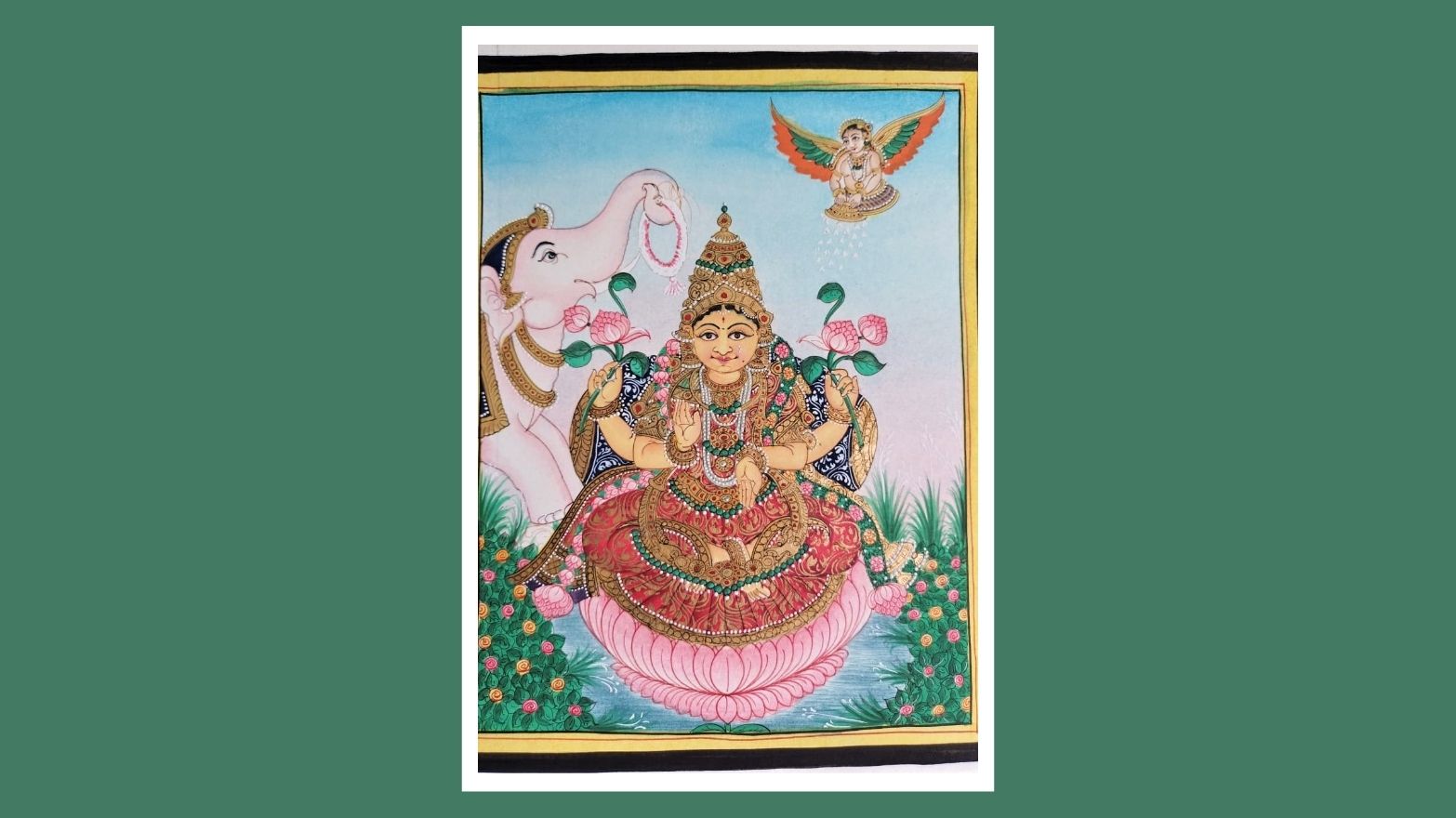 | This painting showcases "Gaja Lakshmi," a form of the Hindu goddess Lakshmi. It depicts her seated on a lotus with two elephants anointing her with water from pots, symbolizing wealth, prosperity, and good fortune. | |
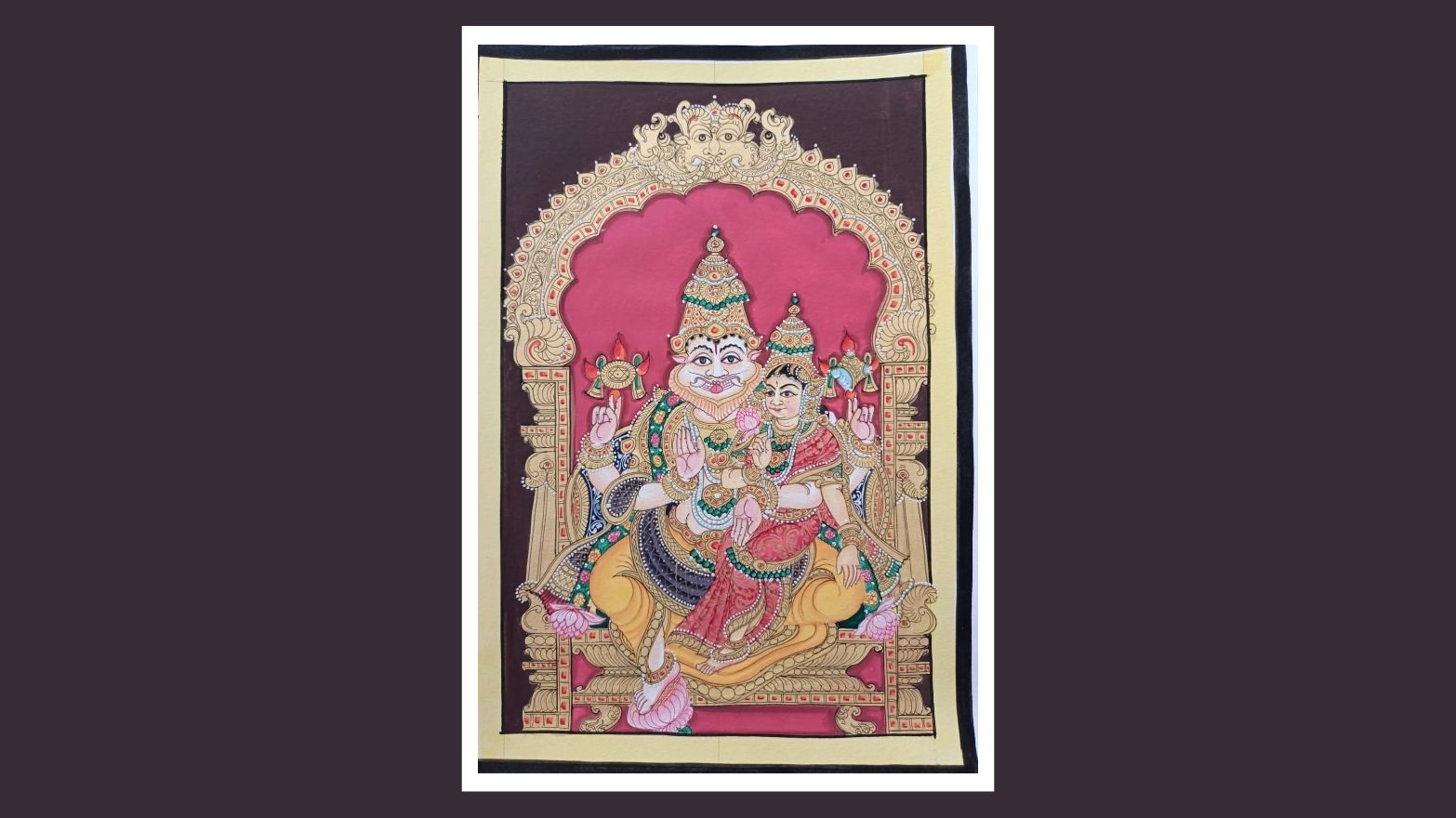 | This painting showcases divine couple Lakshmi Narasimha, depicting the fourth avatar of Vishnu with his consort. The artwork portrays the deity with a lion's face and a human body, seated on a throne with Goddess Lakshmi on his lap. | |
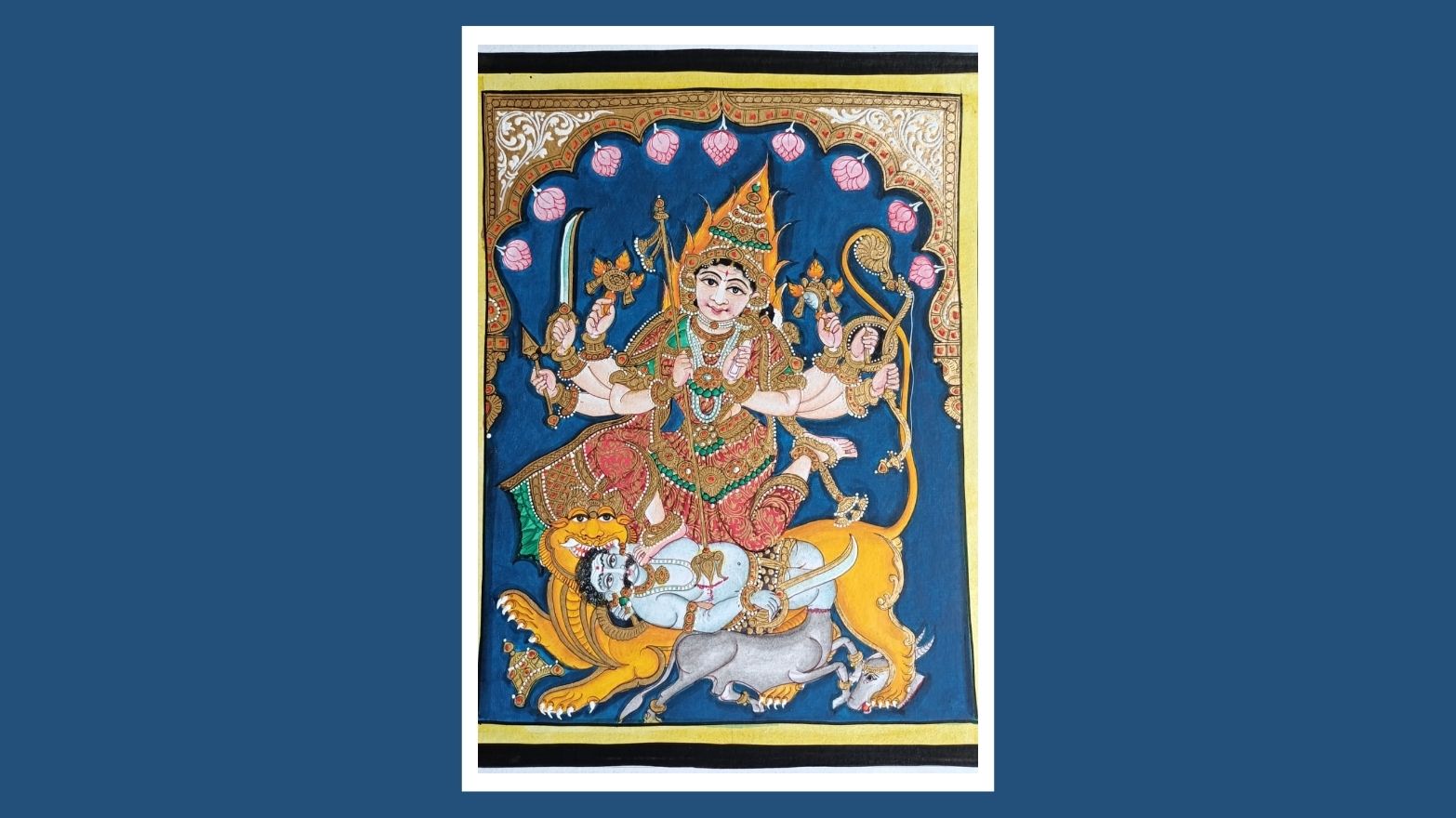 | This painting showcases divine victory of Goddess Durga over the buffalo demon, Mahishasura. It depicts the "Mahishasuramardini" form of the goddess, symbolizing the triumph of good over evil and the power of the divine feminine. | |
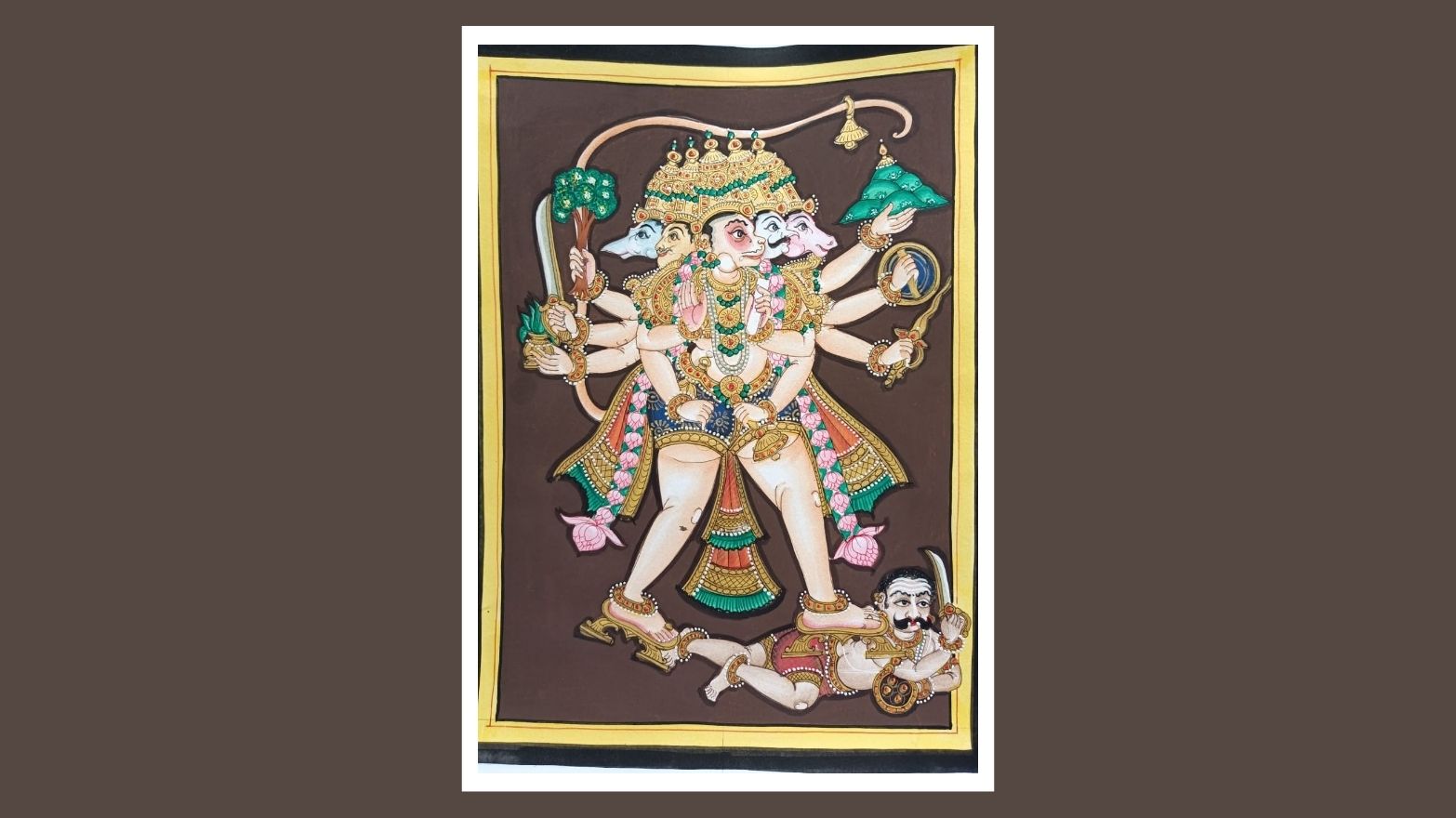 | This painting showcases divine form of Panchmukhi Hanuman, which is one of the most powerful forms of Lord Hanuman with five faces. Each of the five faces represents a different deity and symbolizes a unique power or virtue | |
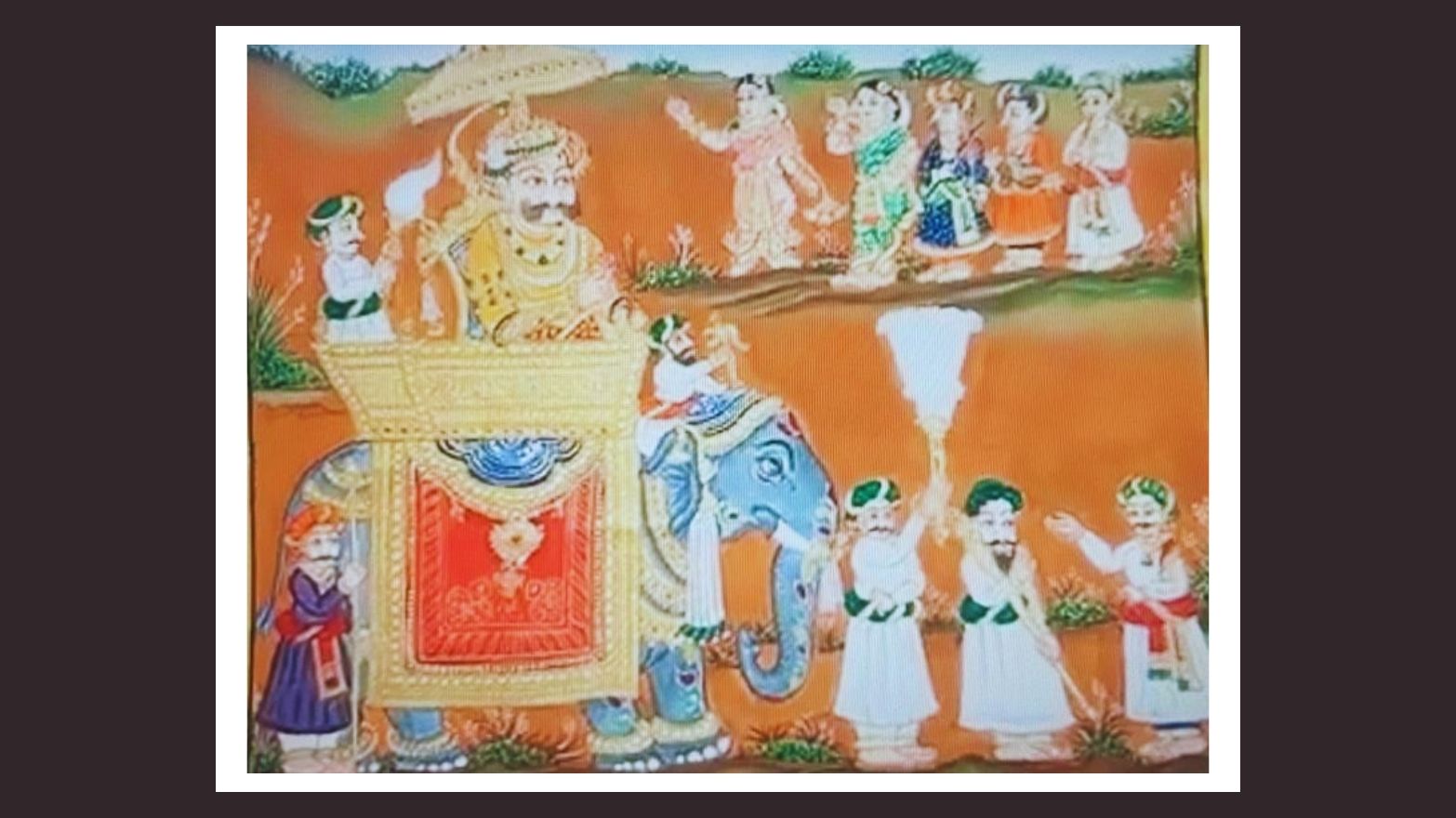 | This painting showcases a royal procession or a king's darbar (court). It depicts a regal figure, possibly a king, seated on a richly decorated elephant, while attendants and other figures accompany him. | |
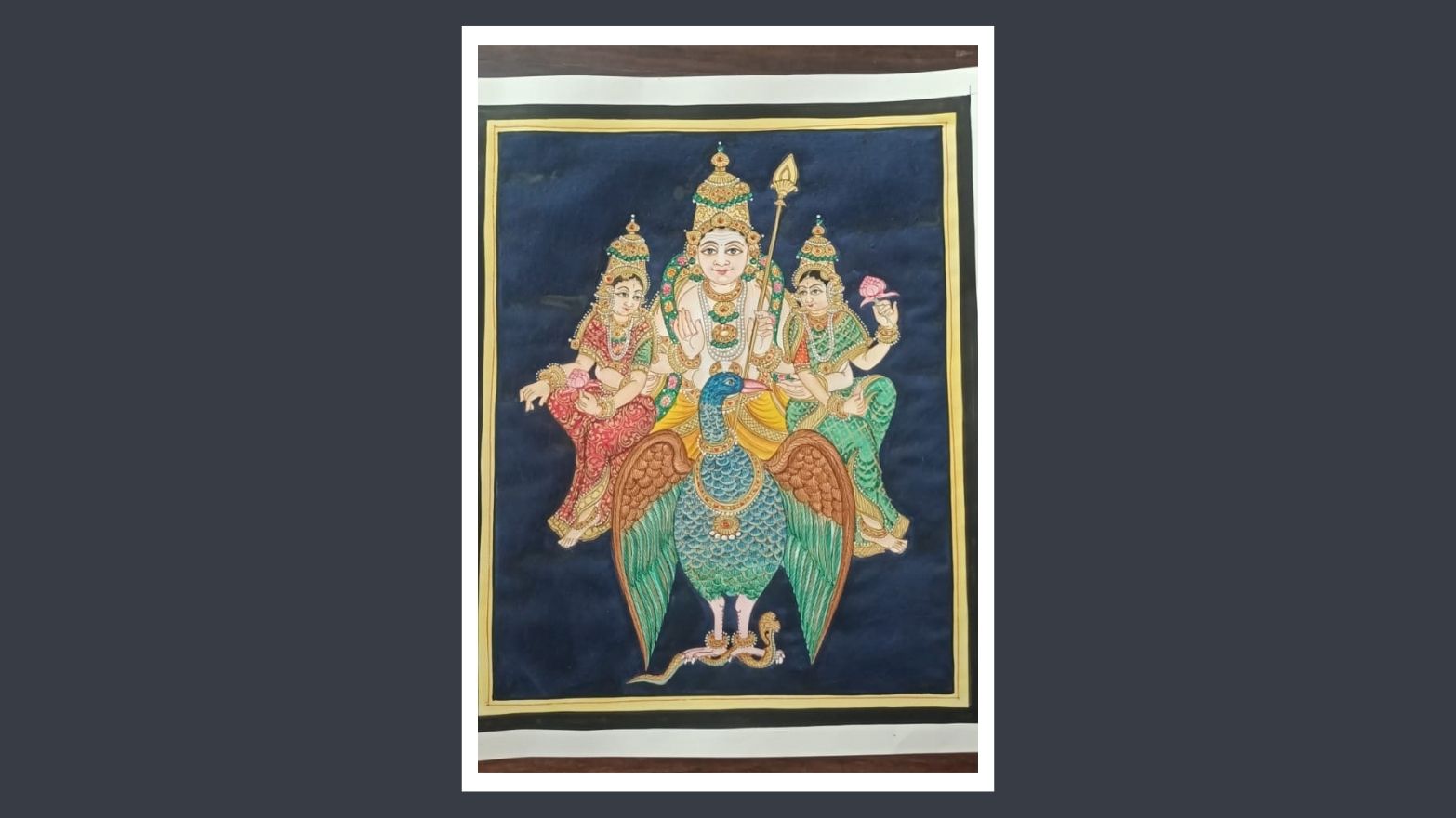 | This Mysore painting depicts Lord Murugan, also known as Karthikeya or Skanda, with his two consorts, Valli and Deivanai. The central theme showcases the deity as a protector and warrior, seated upon his divine mount, the peacock |
Get My Mysore Painting Course
| Plan | Price | Subscribe |
| Mysore Painting Course | ₹ 12999 | Register Now |
Talk To Us
Duration
106 Hrs
Price





